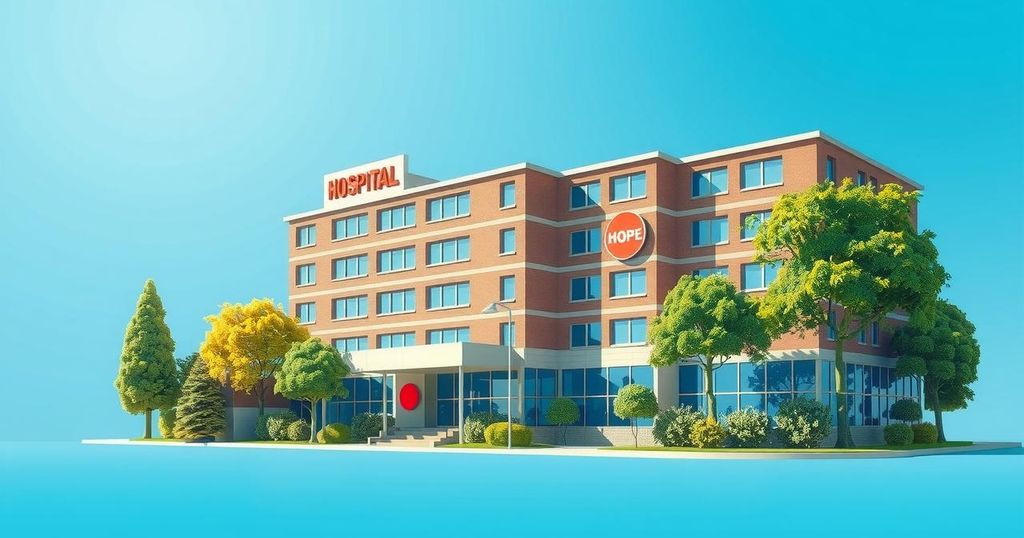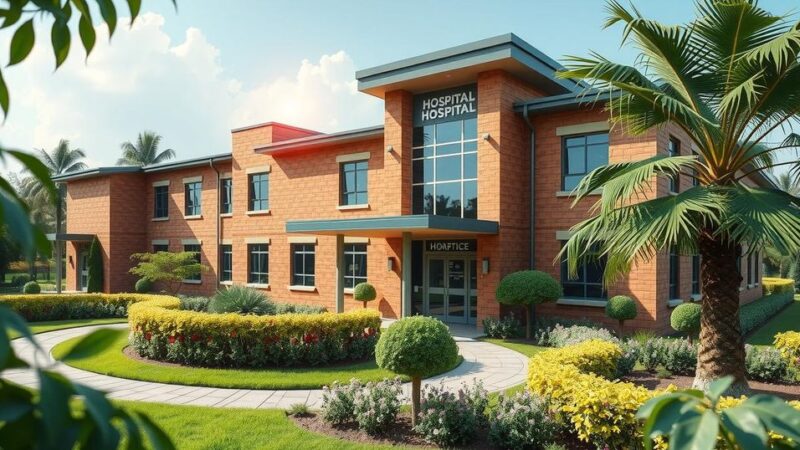World Childhood Cancer Day on February 15 emphasized the challenges faced by Ghana, where childhood cancer diagnoses reach approximately 1,200 annually. Despite treatment advancements, survival rates below 30% highlight systemic issues. Financial barriers significantly hinder care access, and the tragic case of 10-year-old Lisa Laryea exemplifies these struggles, prompting calls for expanded healthcare coverage and funding in pediatric oncology.
World Childhood Cancer Day, observed on February 15, highlights the struggles of children fighting cancer and the significant differences in survival rates across countries. In Ghana, ongoing challenges exist, as many children succumb to the disease due to inadequate access to medical care and financial barriers.
Globally, approximately 400,000 new childhood cancer cases are diagnosed each year, as reported by the World Health Organization (WHO). In high-income nations, survival rates surpass 80%, while in Ghana, these rates drop to below 30% predominantly due to late diagnoses, meager treatment options, and overwhelming costs.
The Ghana Health Service (GHS) recognizes cancer as a pressing public health issue, with many childhood cases detected at advanced stages leading to poorer treatment outcomes. During a recent World Cancer Day event in Accra, Dr. Samuel Kaba Akoriyea, Acting Director General of the GHS, presented data indicating that Ghana faced 27,385 new cancer cases and 17,944 deaths in 2022.
“Childhood cancer remains devastating, with an estimated 1,200 children under 15 diagnosed annually. Leukemia, lymphoma, and retinoblastoma are common, yet treatment costs push care out of reach for families, leading to late diagnoses and poor survival rates,” Dr. Akoriyea stated.
Financial constraints are a vital barrier for families, despite the Ghana National Health Insurance Scheme (NHIS) offering partial coverage for childhood cancer treatments. Families often face substantial out-of-pocket expenses for chemotherapy and surgery, among other healthcare needs, which is compounded by additional costs related to transportation and loss of income due to caregiving.
The unfortunate case of a 10-year-old girl, Lisa Laryea, who lost her battle with leukemia in December 2023, illustrates these systemic shortcomings. Despite significant financial hurdles, her treatment was funded by philanthropist Ibrahim Mahama, drawing national attention to the crisis.
To enhance the situation for children with cancer, advocates are calling for broader NHIS coverage, increased government funding for pediatric oncology, and stronger collaborations between the public and private sectors to subsidize treatment costs. Even after the observance of World Childhood Cancer Day, the urgent need for actions to alleviate both financial and systemic challenges remains critical.
Without decisive and continued efforts to tackle these barriers, many Ghanaian children will continue to face dire outcomes from an increasingly treatable disease, leaving only those with financial means to access the necessary care needed for survival.
In summary, Ghana faces a significant public health crisis regarding childhood cancer, with 1,200 new cases diagnosed each year and survival rates drastically lower than in high-income countries. Financial barriers and limited healthcare access contribute to alarming mortality rates, underscoring the urgent need for comprehensive reforms. Increasing NHIS coverage, government investment, and public-private partnerships are crucial for improving outcomes for Ghanaian children suffering from cancer.
Original Source: www.ghanaweb.com






